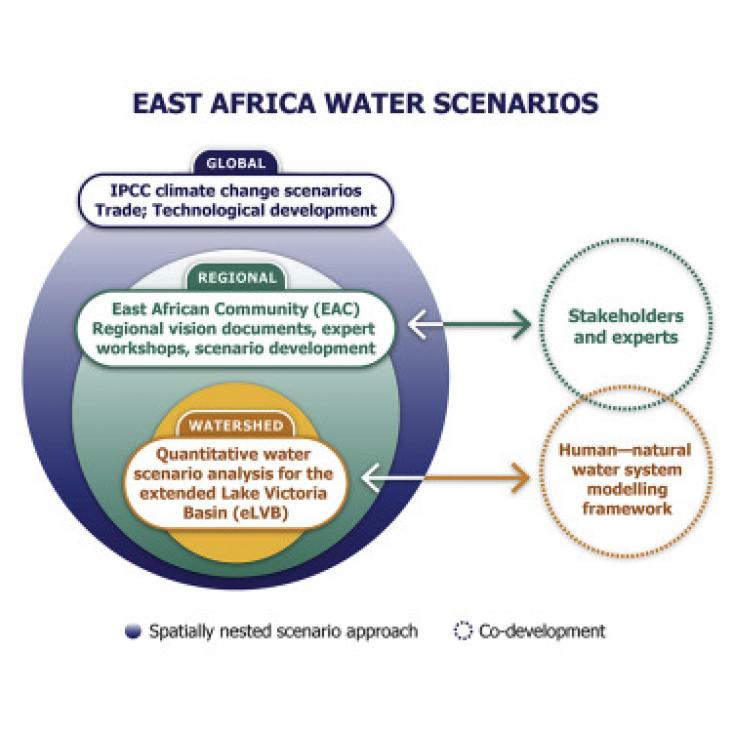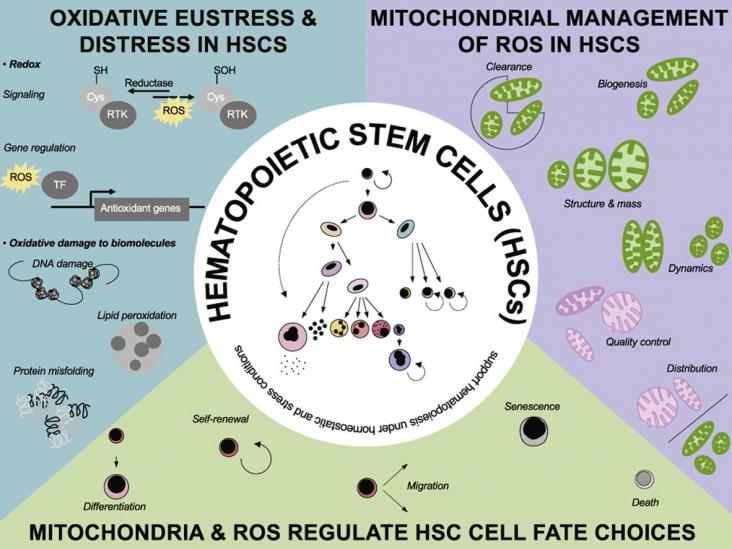
A hydro-economic assessment of the headwaters of the Nile River revealed the upstream-downstream linkages and interconnections among socio-economic development, climate change, and the environment.
This Viewpoint supports SDGs 3, 6, and 7 by discussing some of the reasons why many of the innovations and technologies for WASH (water, sanitation, and hygiene) and household air pollution developed in recent decades have not led to the expected improvements in health outcomes, and why many of these interventions have either been inconsistently adopted by low-income households, or not adopted at all.
Elsevier,
Understanding Female Offenders, Psychopathy, Criminal Behavior, Assessment, and Treatment, 2021, Pages 33-112
This chapter advances goals 3 and 5 by examining the range of common misconceptions and misinformation that permeates the female offender literature. Finally, we conclude with ten myths about female offenders and offer guidelines for identifying bias and how to avoid it.
Climate change can have detrimental effects on child health and wellbeing.
A Research Paper on food insecurity in the UK, in the context of SDGs 1, 2, and 3, focusing specifically on the association between the implementation of austerity policies in 2010 and the increase in foodbank use and food insecurity over the following decade.
Tauopathies are neurological disorders characterized by intracellular tau deposits forming neurofibrillary tangles, neuropil threads, or other disease-specific aggregates composed of the protein tau. Tauopathy disorders include frontotemporal lobar degeneration, corticobasal degeneration, Pick’s disease, and the largest cause of dementia, Alzheimer’s disease. The lack of disease-modifying therapeutic strategies to address tauopathies remains a critical unmet need in dementia care. Thus, novel broad-spectrum tau-targeted therapeutics could have a profound impact in multiple tauopathy disorders, including Alzheimer’s disease. Here we have designed a drug discovery paradigm to identify inhibitors of the pathological tau-enabling protein, MSUT2. We previously showed that activity of the RNA-binding protein MSUT2 drives tauopathy, including tau-mediated neurodegeneration and cognitive dysfunction, in mouse models. Thus, we hypothesized that MSUT2 inhibitors could be therapeutic for tauopathy disorders.
Nutritional value is imperative for food security. Understanding how breeding can enhance this is an important tool toward eliminating hunger and food insecurity.

Hematopoietic stem cells (HSCs) are responsible for life-long production of blood and immune cells. HSC transplantation (HSCT) is the original cell therapy which can cure hematological disorders but also has the potential to treat other diseases if technical and safety barriers are overcome. It is hoped that HSCT can become safe enough to treat non-life-threatening disorders like allergy, psychiatric disorders, HIV, and aging.
Blood donation saves lives, and the communication between blood centers and donors plays a vital role in this. Smart apps are now considered an important communication tool, and could be best utilized in blood donation if they are designed to fit the users’ needs and preferences.
Elsevier,
The Neuroscience of Depression
Genetics, Cell Biology, Neurology, Behaviour, and Diet
2021, Pages 405-414
This chapters provides a thorough examination, including demographic characteristics, sleep history, medical and psychiatric conditions, lifestyles, past experiences of self-help, and pharmaceutical interventions should contribute to efforts to identify any underlying causes of either anxiety, depression, or sleep disorders.
